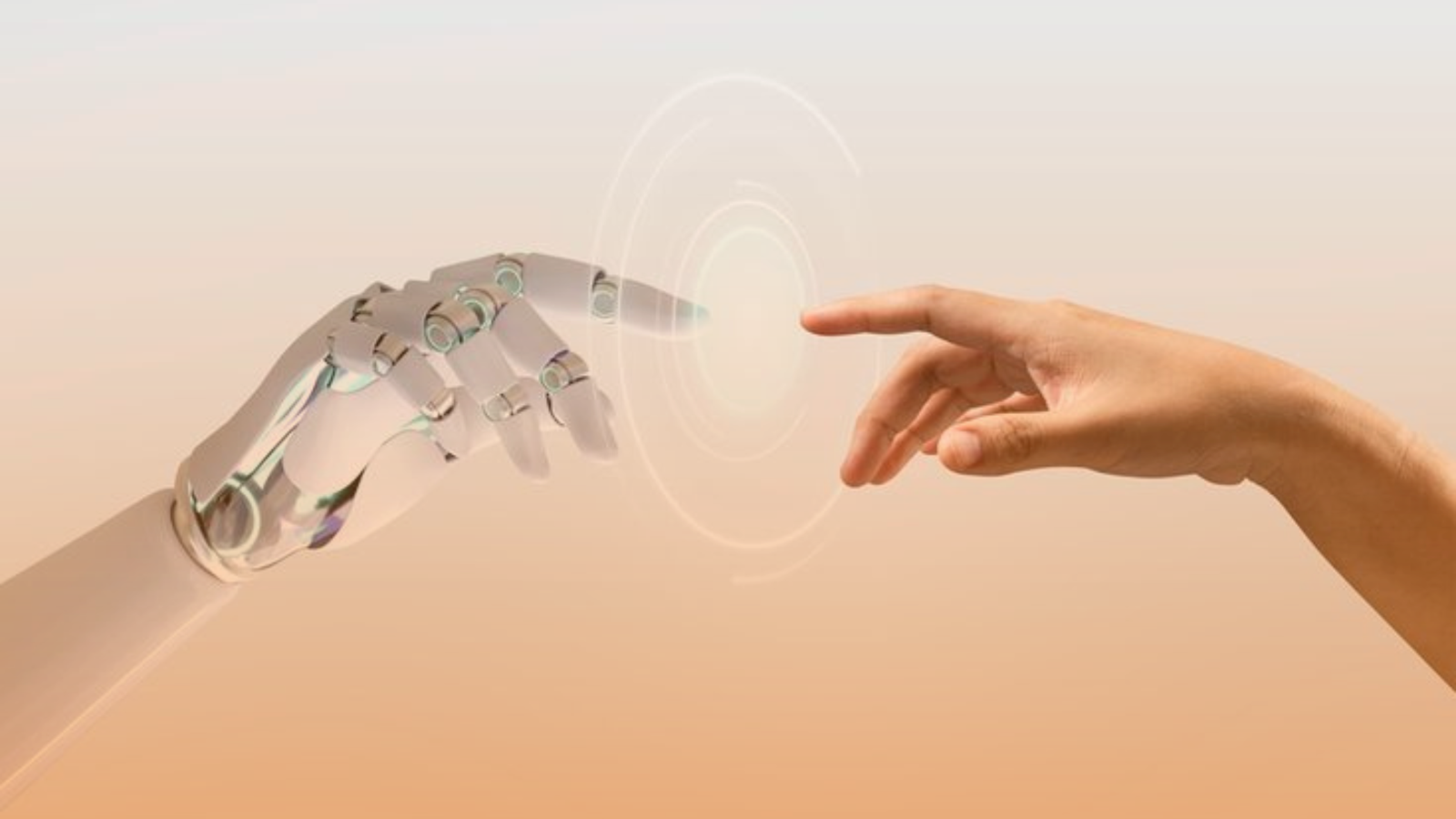In the ever evolving field of health data research, the drive for precision and actionable insights has never been more critical.
Traditional methods of data collection are facing increasing challenges, from limited sample diversity to growing privacy concerns.
Enter the era of blending real and synthetic health data—an innovative approach revolutionizing data-driven healthcare solutions.
But what does this mean for data accuracy in healthcare and how can it shape the future of health data research?
Real vs Synthetic Data
Real health data, derived from patient records, surveys or direct interactions, has long been the gold standard in health data research. Its strength lies in authenticity, providing insights grounded in actual patient experiences.
However, as healthcare evolves, so do the challenges. Data privacy regulations like GDPR and HIPAA limit data access, while patient consent and sample diversity remain significant hurdles.
On the other hand, synthetic healthcare data, generated using advanced algorithms and artificial intelligence, mimics real world data without exposing sensitive information.
By creating “fake” data that retains the statistical and behavioral essence of real data, synthetic data offers an innovative solution to many of these challenges. But is blending the two the ultimate answer?
The Benefits of Blending Real and Synthetic Data
- Enhanced Data Accuracy in Health – Blending real and synthetic data addresses gaps in traditional data collection methods. While real data provides a robust foundation, synthetic data can fill in missing variables, creating a comprehensive and balanced dataset.
This blend ensures higher data accuracy and reduces biases, enabling health researchers to draw more precise conclusions.
- Overcoming Privacy Concerns – Data privacy is a cornerstone of modern health research. Synthetic health data eliminates the risk of exposing sensitive patient information while retaining the insights needed for analysis.
When integrated with real data, it ensures compliance with privacy regulations without compromising the quality of insights.
- Expanding Sample Diversity – Real world data often suffers from limitations in demographic and geographical representation. Synthetic data can simulate underrepresented populations, offering a more inclusive perspective.
This expanded scope is invaluable for designing data driven health solutions that cater to diverse patient needs.
- Accelerating Research Timelines – Health research is often a race against time. Generating and blending synthetic data with real data significantly reduces the time required for data collection and preparation.
This approach enables researchers to focus more on analysis and strategy.
The Market Research Perspective
From a market research standpoint, blending real and synthetic data is transforming how organizations approach health research.
Traditional methods relied heavily on real data’s authenticity but often fell short when faced with logistical constraints. Synthetic data’s flexibility fills these gaps, providing cost efficiency, scalability, innovation
This blend is not just a technological advancement but a paradigm shift in ensuring more accurate, efficient and actionable insights for health stakeholders.
Challenges and Considerations
While the benefits are clear, blending real and synthetic data comes with its own set of challenges:
- Ensuring Consistency – Combining real and synthetic datasets requires careful monitoring to avoid discrepancies.
- Validation – Researchers must validate synthetic data against real world benchmarks to maintain credibility.
- Ethical Considerations – Transparency in the use of synthetic data is essential to maintain trust with stakeholders.
By addressing these challenges head on, health research can fully harness the potential of this innovative approach.
The Future of Data Driven Health Solutions
The integration of real and synthetic health data is poised to redefine the industry’s approach to research and insights. As AI technologies advance, the ability to create highly accurate synthetic data will only improve, complementing real world data in unprecedented ways.
The outcome of blending real and synthetic data is clear—improved data accuracy, enhanced privacy and a faster, more inclusive approach to health data research.
This synergy ensures that health organizations are equipped with the tools they need to navigate the complexities of an ever-changing landscape.
Conclusion
Blending real and synthetic data is not just an innovation; it’s a necessity for modern health research. By bridging the gaps between authenticity and flexibility, this approach unlocks new opportunities for data accuracy in healthcare.
For market researchers and health professionals alike, the question is no longer whether to adopt this strategy but how soon.





